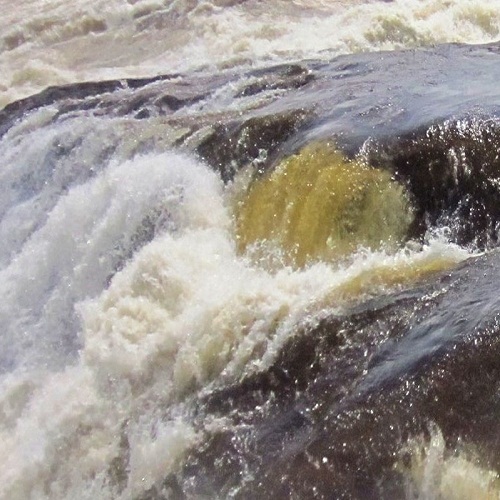Dams have a net negative impact on climate change as they release twice as much carbon as they store, researchers have found.
Researchers from the Helmholtz Centre of Environmental Research (UFZ), together with Spanish scientists from the Catalan Institute for Water Research (ICRA) in Girona, now believe this is not the case.
Streams typically transport large amounts of carbon-containing material such as leaves, branches or algae. If the water is dammed, the material gradually settles and accumulates at the bottom of the body of water.
“Because of the lack of oxygen, the degradation processes are much slower down there. As a result, less carbon dioxide is released. The carbon contained is stored in the sediment of the dam for a longer time”, said Dr Matthias Koschorreck, a UFZ biologist. “It had been assumed that dams store about the same amount of carbon than they release as greenhouse gases”.
However, for the carbon balance of bodies of water, not only the zones covered by water but also those that temporarily dry out because of a drop in the water level play a role.
If the carbon-containing material previously covered by water comes into contact with atmospheric oxygen, degradation processes and thus the formation of carbon dioxide are strongly driven.
“Areas of water that are drying out thus release considerably more carbon than areas covered by water”, says Philipp Keller at the UFZ. “If large amounts of water are released by a dam, large areas are suddenly exposed. But these areas had not been considered when calculating the carbon balance. This is the knowledge gap that we close with our work”.
For these 30 years, the scientists were able to determine exactly when, where, and for how long the dams were not completely filled and how large the dry areas were.
On average, 15 per cent of the total reservoir surface was not covered by water. The scientists used this figure to further calculate the carbon release from these areas.
“Our calculations show that carbon emissions from dams had been significantly underestimated. On a global average, they release twice as much carbon as they store”, said Koschorreck. “Their image as a net carbon store in the global carbon cycle must be reconsidered”.
The data also show that the magnitude of water level fluctuations of dams depends on both their use and their geographic location.
“Fluctuations were more pronounced in dams used for irrigation than in those used for hydropower generation”, Keller said. “In places where the annual precipitation pattern is more uniform – such as near the poles and around the equator – there were fewer large fluctuations in water levels than in the intermediate latitudes, where larger areas of the dams were often dry for much longer periods”.
In order to better understand the carbon balance of dams, Koschorreck’s research team plans to take a closer look at the release of both carbon dioxide and methane as well as the role of vegetation on the carbon cycle of areas that have become dry.
Source: E&T










